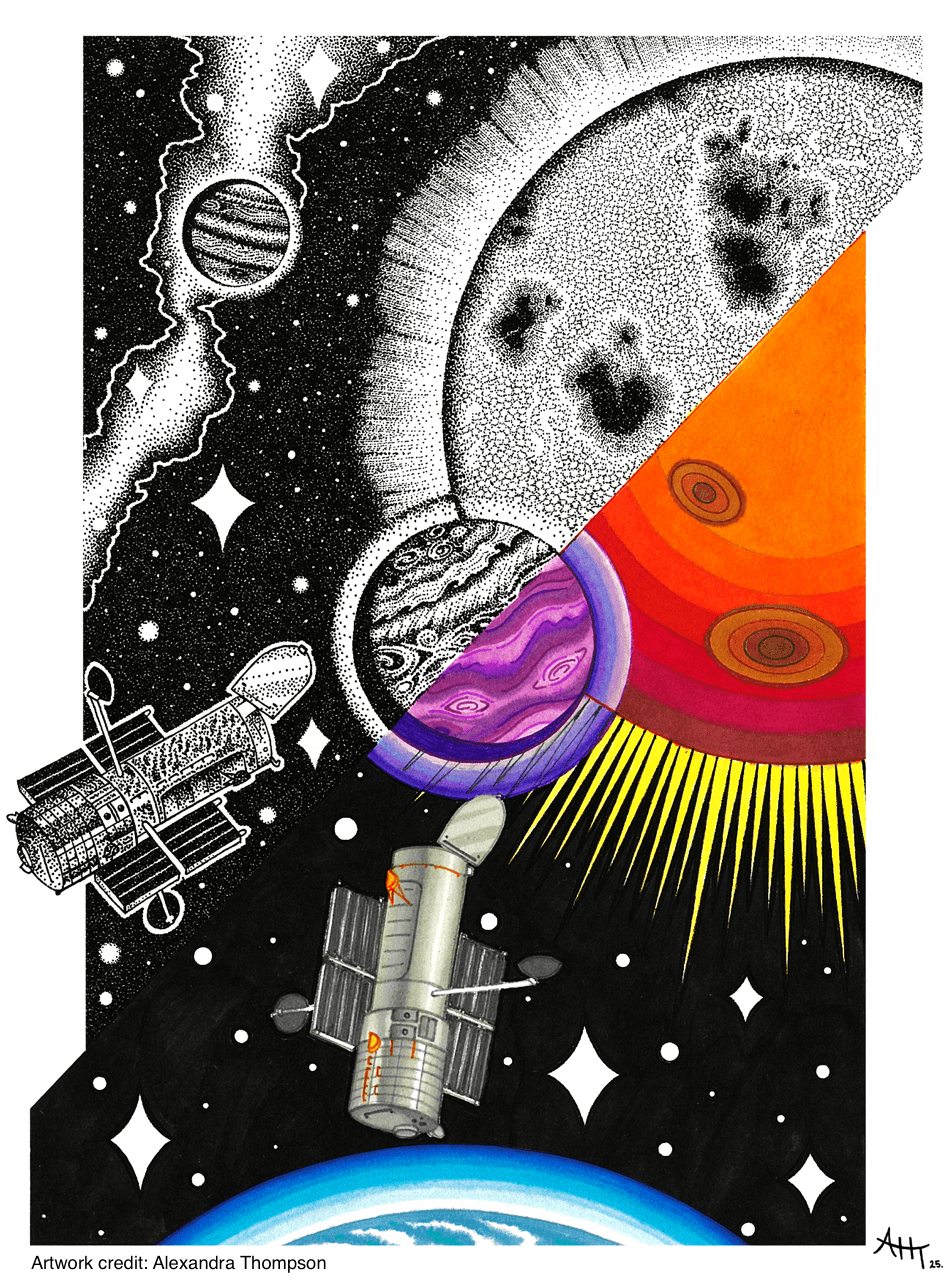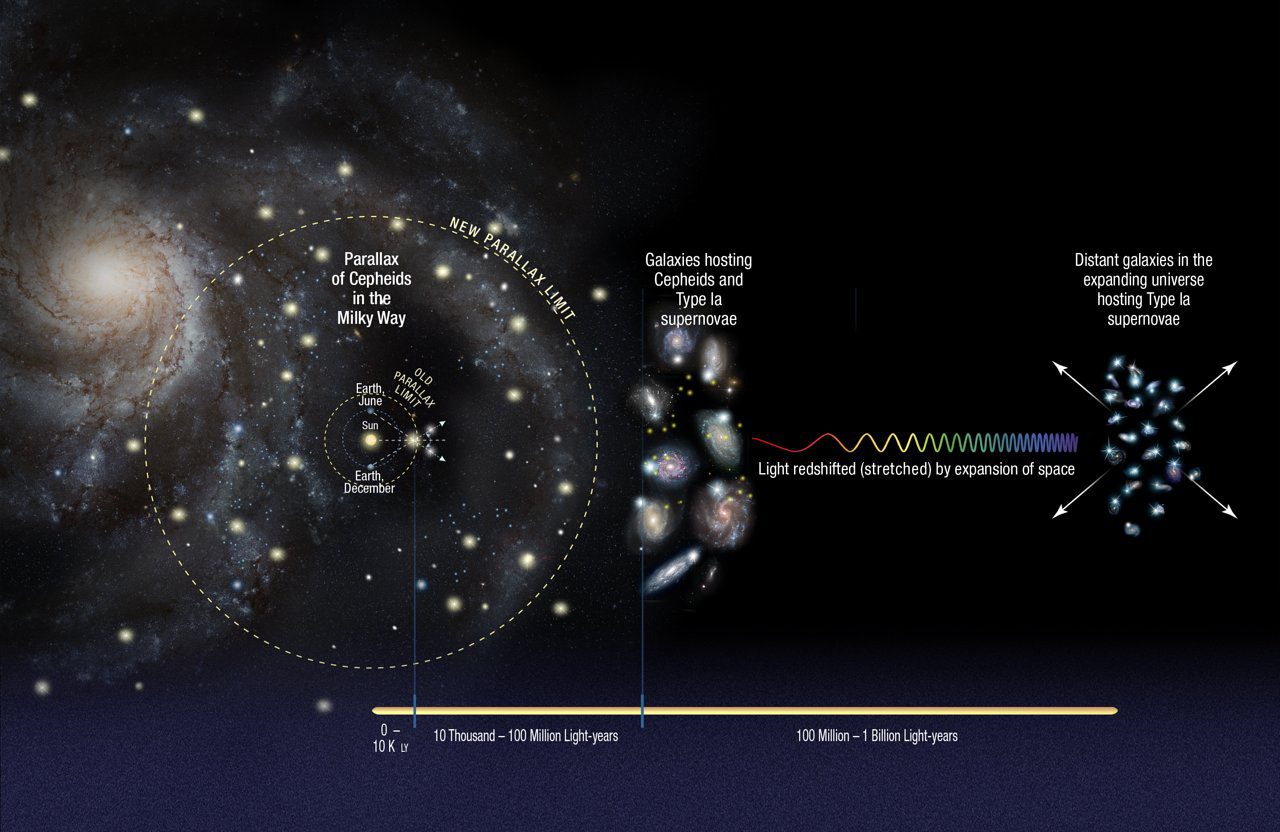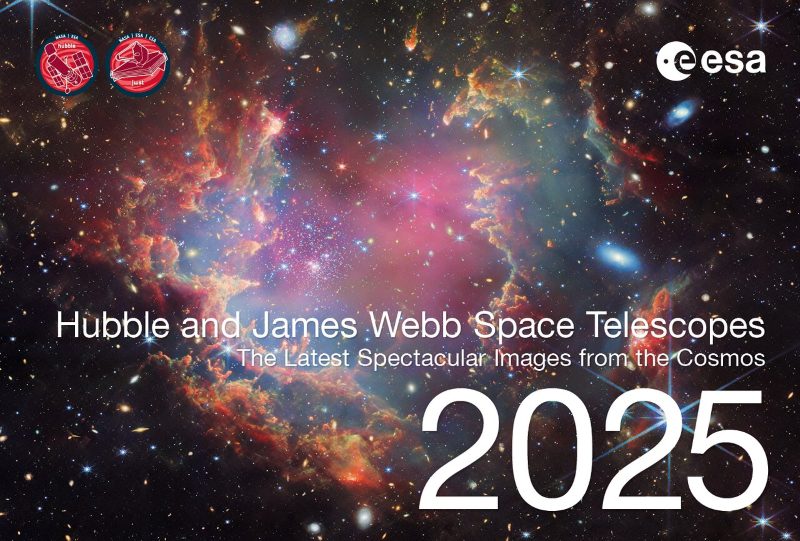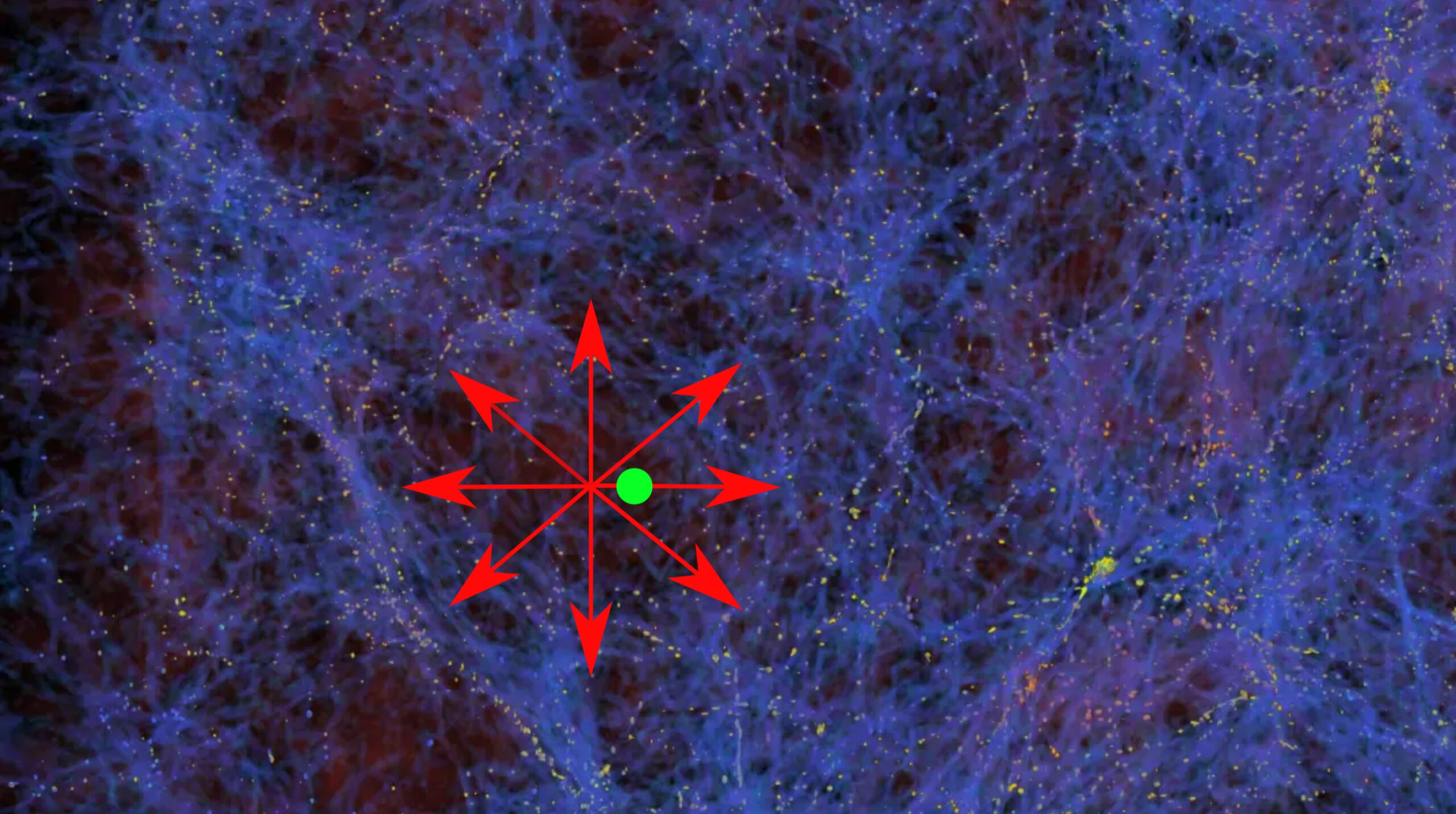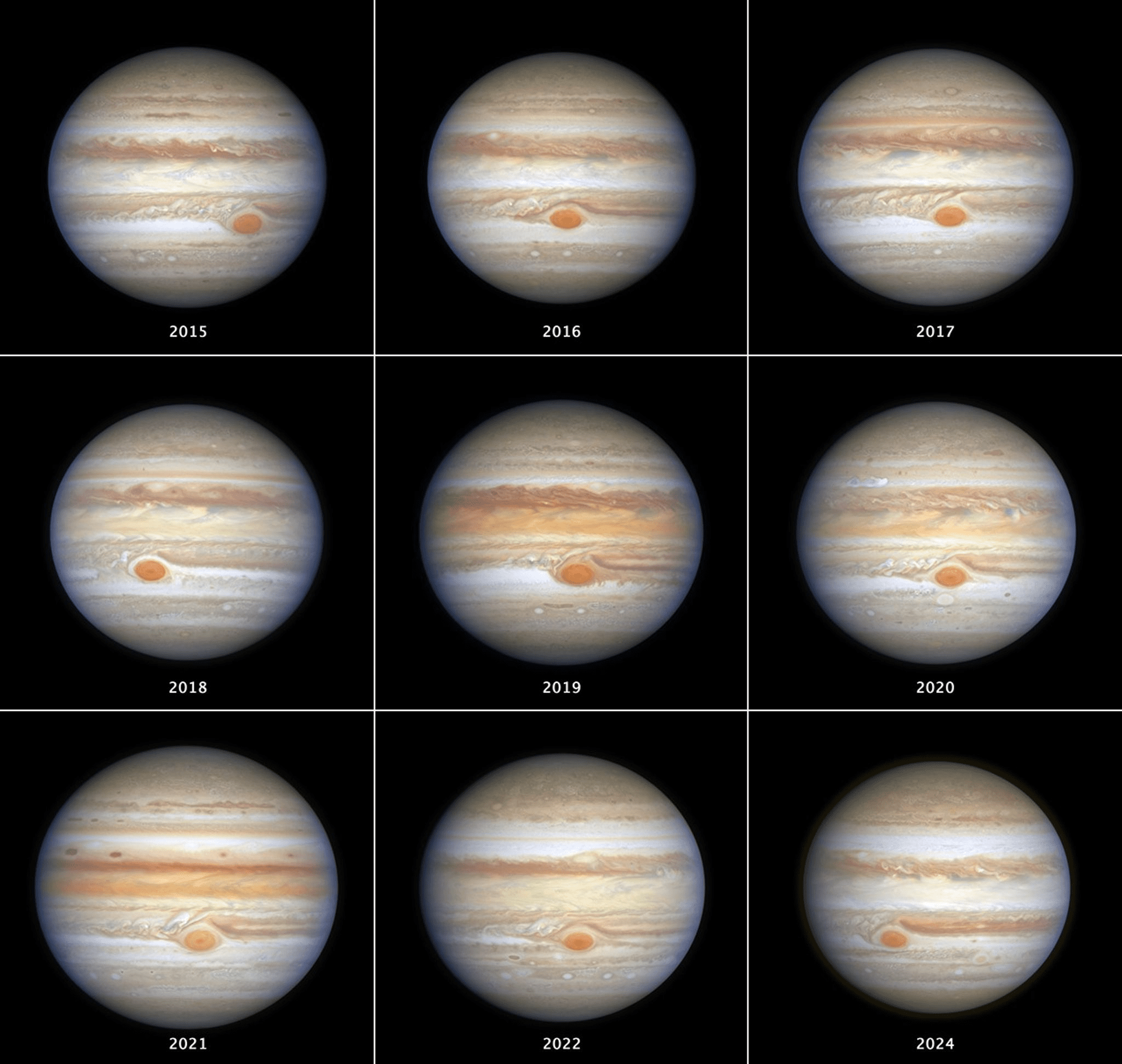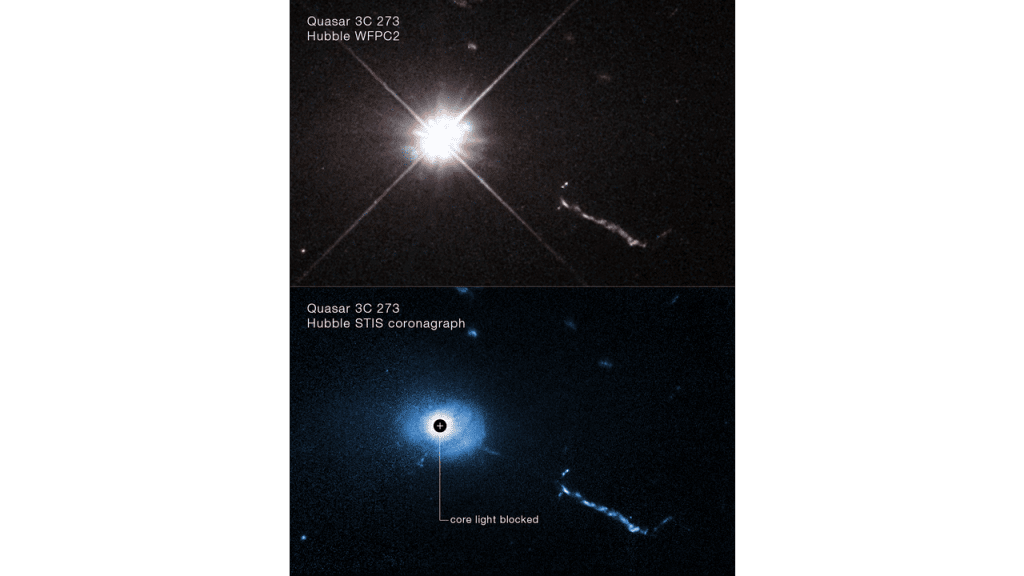Temperamental stars could be ruining our view of thousands of exoplanets, Hubble Telescope finds
A new study has revealed that temperamental stars that brighten and dim over the course of just a few hours could be distorting astronomers’ views of thousands of planets beyond the solar system. The team behind this research reached this conclusion by studying 20 extrasolar planets or “exoplanets” as they crossed, or “transited,” the faces … Read more
